A mass is in static equilibrium on a massless vertical spring as shown in the figure. A ball of mass dropped from certain height sticks to the mass after colliding with it. The oscillations they perform reach to height '' above th original level of scales & depth '' below it.
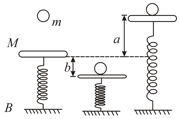
(i) find the constant of force of the spring
(ii) find the oscillation frequency.
(iii) what is the height above the initial level from which the mass was dropped?


Important Questions on Simple Harmonic Motion
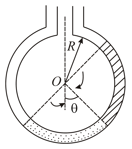
(i) Find the angle that the radius to the interface make with the vertical in equilibrium position.
(ii) If the whole liquid column is given a small displacement from its equilibrium position, show that the resulting oscillations are simple harmonic. Find the time period of these oscillations.
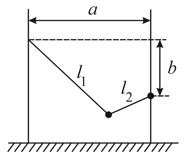
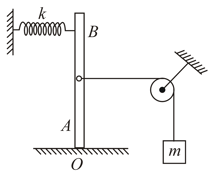
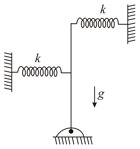
(i) Find the minimum value of for rotational of the rod (Mass , length )
(ii) If then find the angular frequency of oscillations of the rod.
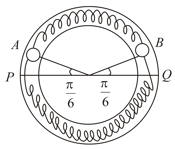
(i) calculate the frequency of oscillation of the ball .
(ii) what is the total energy of the system
(iii) find the speed of the ball when and are at the two ends of the diameter .
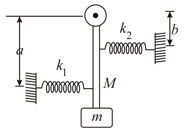
The following equation represent transverse wave;
Identify the combination (s) of the waves which will produce. (i) standing wave (s) (ii) a wave travelling in the direction making an angle of with the positive and positive -axis. In each case, find the position at which the resultant intensity is always zero.
